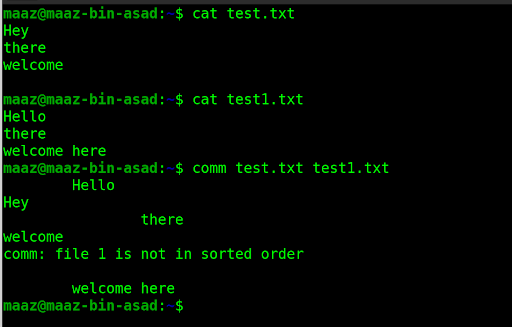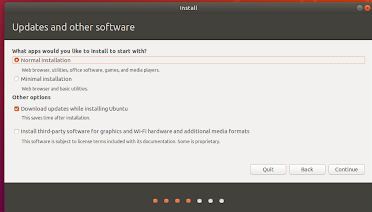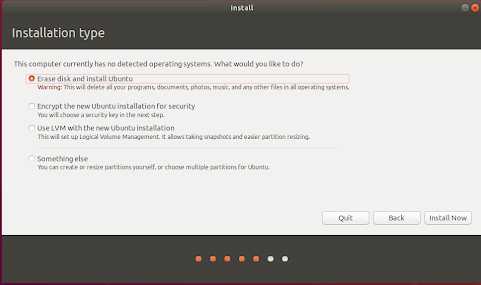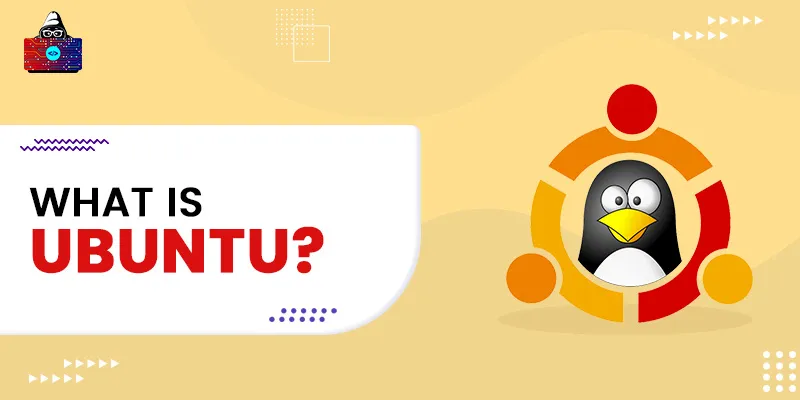Ubuntu is one of the most widely used Linux distributions. It can be employed for a variety of tasks, such as hosting, education, and learning. In this article, we will go through the Ubuntu Operating System explanation.
We'll start with a few technical terms to help you differentiate between a Kernel and an Operating System. We'll look at 5 example commands later to see how Debian works. Let's get started.
What is Kernel?
The kernel is the most crucial component of the operating system software collection. In an operating system, it is the software that does all of the hard liftings. It is in charge of the hardware, timing, peripherals, memory, drives, user access, and everything else that happens on a computer. It determines when software should execute and what rights should be granted to it.
Moreover, it ensures that no software accesses memory that is not its own and that no program crashes other programs. It splits the time for processes to utilize the CPU and performs almost a hundred other tasks.
Then there's something called a shell. A shell is the component of an operating system with which you interact as a user. It is a user interface designed to allow users to connect with the Kernel. There are both command line and graphical user interface shells. The OS is the name given to the combination of these plus a few additional pieces of software.
What is Linux distribution?
Linux distributions are essentially operating systems that are built around the Linux kernel. The user can select a distribution that best matches their needs. If the user is new to Linux and has never used a distribution before, he or she should start with Ubuntu or Linux Mint.
Rolling release distributions, such as Arch Linux, can be used if the user requires a distro that always contains the most up-to-date software. Some distributions are also task-specific. Distros such as Kali Linux and Parrot Linux are primarily intended for penetration testing and security-related tasks.
What is Ubuntu?
Ubuntu is a free and open-source Linux distribution that is derived from Debian. It is developed and sponsored by "Canonical Ltd." and is regarded as a suitable distribution for newcomers. Although the operating system was designed primarily for personal computers (PCs), it may also be deployed on servers.
The term "ubuntu" comes from the Zulu language of Africa and means "humanity to others." GNOME is Ubuntu's default desktop environment. GNOME's Graphical User Interface (GUI) makes it simple to interact with Linux-based distributions (GUI). The default package manager of Ubuntu is “apt-get”. Operating systems use package managers to install and update the packages in the machine.
Variants of Ubuntu
- Ubuntu Server Addition
- Ubuntu Studio
- Edubuntu, suited for educational purposes.
- Kubuntu uses KDE (Kool Desktop environment) as the default GUI environment
- Xubuntu, used when there is a limitation of computational power.
- JeOS (just enough OS), suitable for virtual appliances.
Advantages of Ubuntu
- Multiple variants available
- Multiple Desktop Environments
- Beginner Friendly
- Regular updates help resolve bugs faster
- Customizable according to the use case
- Minimal Hardware requirements
Disadvantages of Ubuntu
- Not suited for heavy tasks like servers.
- Cannot play high graphics Video Games.
- Major tasks are carried out using CLI which is not suitable for non-developer folks.
Features of Ubuntu
- Easily customizable
- Free and Open source
- Can be installed easily using a flash drive or DVD
- Frequent Updates
- Security, Privacy, and multiple Identities Management
- Multiple Desktops
Ubuntu Commands Examples
A “command” is a utility in the Ubuntu operating system. Commands can be used to perform both basic and complex actions. The Linux terminal is used to carry out these instructions. Any administrative activities may be completed via the terminal. Package installation, file manipulation, and user management are all supported. Let's look at 5 popular Ubuntu commands to check if it works.
touch
The touch command is required for creating a valid empty file under Linux. You can create files in your terminal on the go and fill them up later or in real-time, depending on your needs.

rm
This command is used to remove a file from your system. Using -i option with the command prompts the user before deleting the file.

cd
The cd command is known as the “change directory” command in Linux. It's used to change to a new working directory.

file
The file command is used to determine the type of the file.

comm
You may use comm to compare two files for similar and different lines.

Basic guide to Installing Ubuntu
Requirements for installation
A USB drive containing an image of Ubuntu OS, At least 2 GB of RAM, Network Connection, Minimum of 20 GB of extra space should be free in your hard drive. You can download the Ubuntu image from here and insert it into a bootable USB using Rufus or any other software.
Steps to install
Step 1: Insert the bootable USB drive into your machine and turn it on. If it does not take you to the boot menu automatically, keep pressing F12 to go to the boot menu and start with the inserted USB. It will ask you the basic configurations like Keyboard Language and Interface Languages. Select accordingly.
Step 2: The following window appears, asking you for the type of installation. Go for normal installation. The updates will be downloaded if you are connected to the internet.

Step 3: Select from the given options once you see the following window.

Step 4: After configuration, click on “Install” and accept the warning.
Step 5: Select your location from the map and add your root username and password and click on “Continue”. The final installation will start, and you will see a welcome screen of Ubuntu.
Conclusion
In this article, we discussed the introduction, features, and demonstration of the Ubuntu distribution of Linux. By now, you must have realized Ubuntu provides all the required tasks for the users in the form of a user-friendly GUI and can be used in every part of the work.
People are also reading:





Leave a Comment on this Post